Rise of the Ronin is a much-anticipated, open world action RPG coming to PS5 on March 22. Developed by Koei Tecmo Games and Team Ninja, two Japanese companies well known for their rich, historical-based games, Rise of the Ronin is set to scratch an itch for fans of titles like Ghost of Tsushima, who want deeper immersion in historical Japan.
In the game, you will play as a ronin (a masterless samurai), free to wander the country, take on odd jobs and choose which factions you will support. The game promises a rich, player choice-driven open world, allowing you to decide exactly how you would live during Japan’s turbulent Bakumatsu period. In the years after America’s Black Ships opened up isolationist Japan to the world, fighting broke out between supporters of the Tokugawa shogunate, who had governed Japan for over 200 hundred years, and those in favor of establishing a modern government and restoring the emperor.
Rise of the Ronin promises to let you experience the chaos of this period, and as a result has a more realistic setting than Team Ninja’s previous fantasy-tinged historical games like Nioh and Wo Long: Fallen Dynasty. You will also encounter real-life historical figures from the Bakumatsu period.
A preview play session for Rise of the Ronin was recently held in Japan. At the same time, a media interview was conducted with the game’s producer Yosuke Hayashi (Koei Tecmo) and the development producer and director Fumihiko Yasuda (Team Ninja). This article summarizes these interviews based on the original Automaton Japan article.
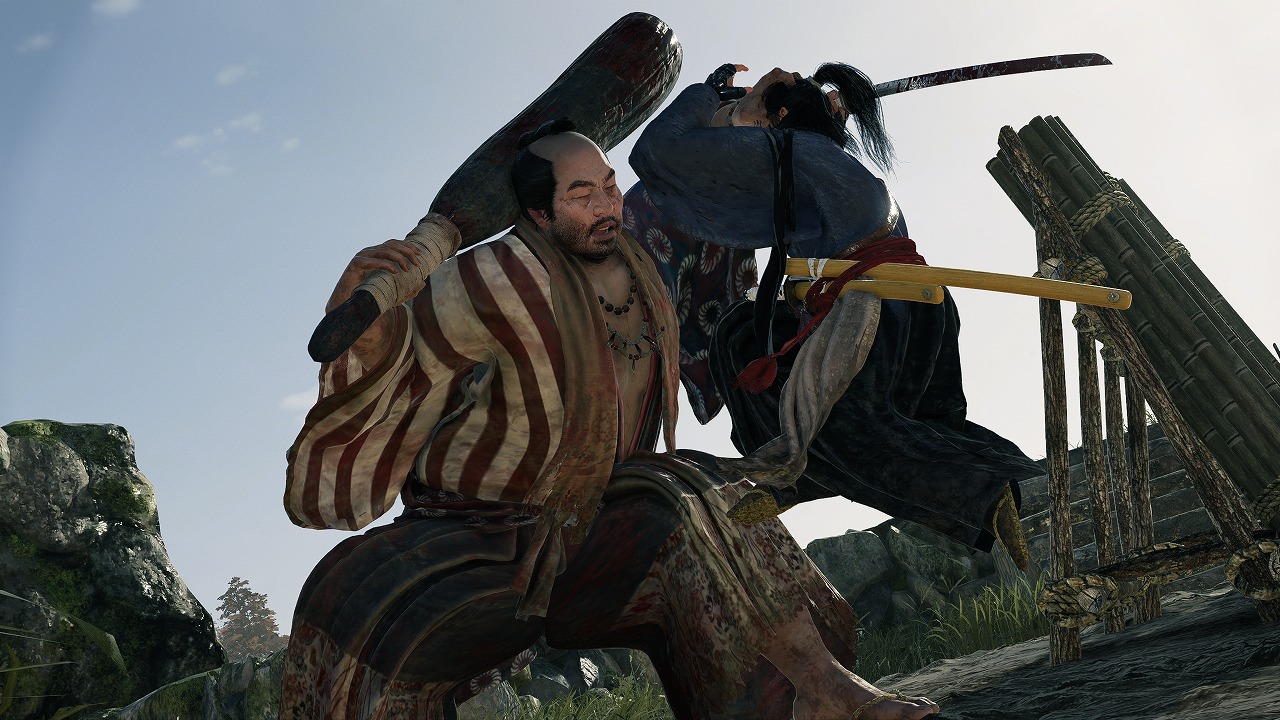
──Team NINJA is known for highly difficult, linear games. So why did you decide to make an open world action RPG?
Hayashi: First of all, Nioh was created based on the philosophy of taking on new challenges utilizing the developers’ knowhow from the Ninja Gaiden series. The first Nioh game created in this way was positively received by many people. So, we delved further into this Nioh-style way of developing a game and released the sequel Nioh 2, as well as the Square Enix collaboration Stranger of Paradise: Final fantasy Origin. At the same time, we were looking for new challenges we could take on for the future. Out of this came Rise of the Ronin.
The concept for Nioh was allowing players to experience “a death game (i.e. a very difficult game) in the Sengoku period.” From the very beginning of Rise of the Ronin’s planning stage, we wanted to go beyond this with an “experience that feels like you have travelled through time,” so we thought that making an open world game would be a good idea. To achieve this challenge, we created Rise of the Ronin from the game engine upwards. Looking back on the production circumstances, I realize that the challenges of making Rise of the Ronin were inevitable.
─Why is Rise of the Ronin set in the Bakumatsu period?
Hayashi: Our theme at the time of working on Nioh was the Sengoku period. When Koei Tecmo Games was seeking new challenges, Koh Shibusawa, Yasuda and I decided that we wanted to go with a Bakumatsu period theme next. A game set in the last days of the Tokugawa Shogunate fit well with our intention of telling a story in an open world where the player has freedom in terms of how they behave as a ronin and which faction they side with. We want players to fully experience the feeling of wanting to make Japan a better place (in the face of political turmoil) and having to decide who they should follow and who they should sympathize with to this aim. I don’t think there has ever been a game set in the Bakumatsu period that has done this well, which got me thinking about how I would do it, and that’s how Rise of the Ronin was born.
Yasuda: The main character is a ronin who has no principles. Therefore, you can either side with the faction whose ideology resonates with you, or you can simply side with a faction because you have a favorite character. However, it is a good idea not to pick sides just because you hate a certain character (laughs). To make this choice less agonizing, we try not to make it intrude on the overall story too much. The story will follow the course of history, so based on this, what stance will you choose to adopt? The narrative crux of the story is: “At the end, who is standing by your side and who is standing across from you?”

──One of the fun aspects of open world games is the enjoyment of moving through them. In Rise of the Ronin, players will be able to ride horses, use a grappling rope and a glider. Why did you choose these three methods of moving through the world?
Yasuda: We considered this aspect a lot. (For the grappling action,) we wanted to introduce something other than jumping, and we also wanted to make use of the main character’s hidden sword, which is like a hybrid of a ninja and samurai weapon.
We decided to use horse riding for traveling along the ground because Rise of the Ronin involves journeying around three cities, and it is also realistic for the time period. As for the glider, you will probably think it sounds like fantasy. but actually, an inventor from the Bakumatsu period left behind blueprints for such a device, which inspired us to add it to the game. I don’t think anyone has experienced flying through the sky in a Japanese period drama yet. I hope you will enjoy this game as a historical adaptation rather than a reality-based experience.
──With the historical setting, how did you reconcile the pursuit of realism with these aspects of fantasy?
Yasuda: Of course, we did a lot of fact-checking and research, which is Koei Tecmo’s area of expertise. As it is a period drama and an action game, we then added a sense of urgency that prioritizes the player’s experience. For example, we made decisions to prioritize player comfort and, in some cases, abandon realism. For example, we don’t make the player spend ages riding a horse to get somewhere.

──What kind of research did you conduct when making Rise of the Ronin?
Hayashi: One of the game’s locations is Yokohama, so our CG staff went on a research trip to a place in Yokohama where documents relating to the Bakumatsu period are kept. They were also able to study photographs and other materials from the period. Based on this, we created scenery that would look good in the game. We were conscious of expressing scenic aspects one by one so that a satisfyingly Japanese landscape exudes out of the screen.
──It has been announced that Rise of the Ronin will have an adjustable difficulty setting for its combat, but could you tell us what difficulty level the game is designed for? Will it be a (extremely difficult) “Death game”?
Yasuda: The highest difficulty level is for those who enjoy the typical Team Ninja-style action-packed experience. The so-called normal setting is for players who want to enjoy aspects, like developing your character, through exploring the open world. The easiest setting is for those who want to focus on enjoying the story. We decided from the very beginning that for players to experience being a ronin in the Bakumatsu period, there was no need to make it so that players couldn’t complete the title unless they fully understood the game system.
Hayashi: Rise of the Ronin has a lot more to offer than just combat, which sets it apart from previous Team Ninja titles.
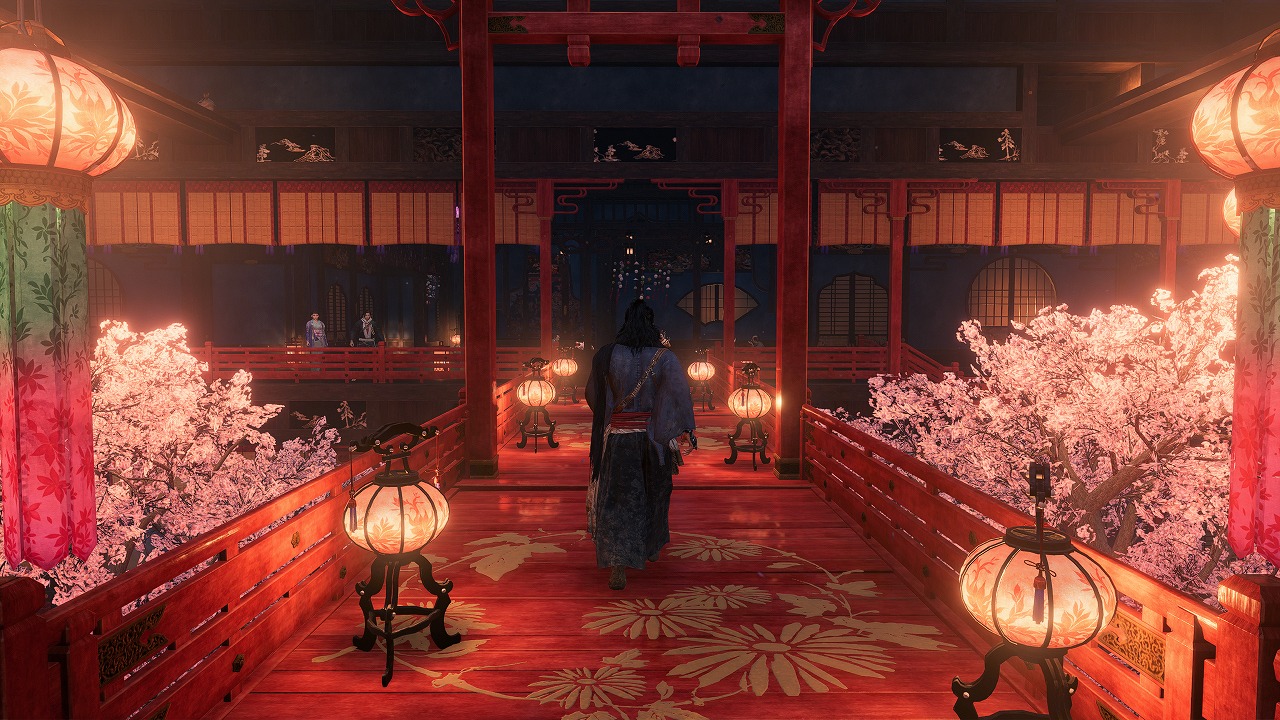
──In Rise of the Ronin, you can attack with long-range weapons, and you can adjust your range by using grappling ropes. Were you conscious of these elements when incorporating them into the melee combat?
Hayashi: The theme of Rise of the Ronin is getting to experiencing the freedom of being a masterless samurai. Therefore, we wanted to emphasize this freedom through the combat as well as the story. Therefore, ranged attacks are naturally included as an option and stealth-based attacks are also possible. We also incorporated long-range weapons so players can weave them into their combos and use them for actions that can’t be accomplished with melee weapons, such as sniping from a distance. Also, at that time in history, rifles were being imported into Japan from the West. There is also a system in the game that lets you work together with NPCs and other players.
── Are there any aspects of Ghost of Tsushima, an open-world game set in historical Japan, that you were inspired by or conscious of when developing Rise of the Ronin? From a Team Ninja perspective, what do you think is unique about Rise of the Ronin?
Hayashi: It’s not that we weren’t conscious of Ghost of Tsushima, rather that we think the most important thing is to foster the unique characteristics of Koei Tecmo and Team Ninja games. I’m confident that when you play Rise of the Ronin, the game’s tactile feel, combat and other aspects of “Japanese-ness” will seem different and better when compared to other titles.
Yasuda: Rise of the Ronin is our first open world game, and Ghost of Tsushima was one of the games we used as reference, and I personally enjoyed it. I felt inspired by the fact that a game set in Japan had been researched to such an extent by the developers, and had also received high praise for aspects such as its combat system. At the same time, I wondered why we couldn’t release a game like Ghost of Tsushima back then. Ghost of Tsushima served as good encouragement for creating Rise of the Ronin.
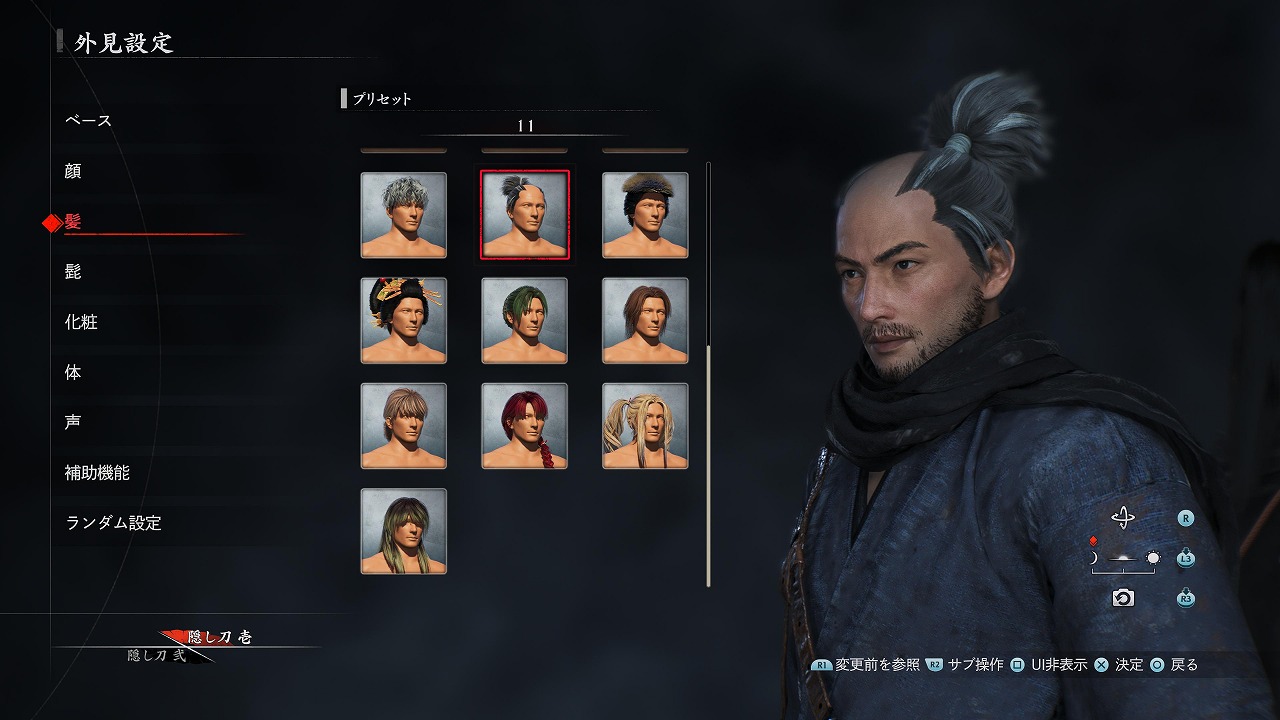
──Recently, overseas studios have been releasing games set in Japan such as the previously mentioned Ghost of Tsushima and Trek to Yomi. In this context, what appealed to Koei Tecmo about globally launching a major action RPG set in Japan?
Hayashi: Ever since I joined Koei Tecmo Games as a developer, I have always wanted to make a game that would conquer the mainstream, and that’s exactly what I have done with Yasuda and his team on Rise of the Ronin. Although other games set in Japan have been released by overseas developers, we never wavered in our commitment to presenting the unique characteristics of Koei Tecmo and Team Ninja throughout Rise of the Ronin’s development process. On top of that, we have worked on this game right down to the smallest details, so that players can really get into it. Many of our staff have poured their hearts and souls into Rise of the Ronin, with the desire to create a truly knockout game.
──Thank you.
Rise of the Ronin is scheduled to be released for PS5 on March 22.
Translated by. Verity Townsend (the original full interview report by Takayuki Sawahata in Japanese can be found on Automaton Japan, our sister site).



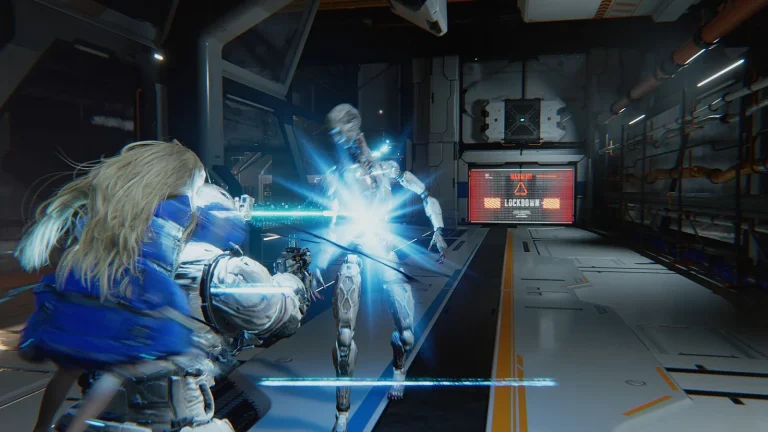
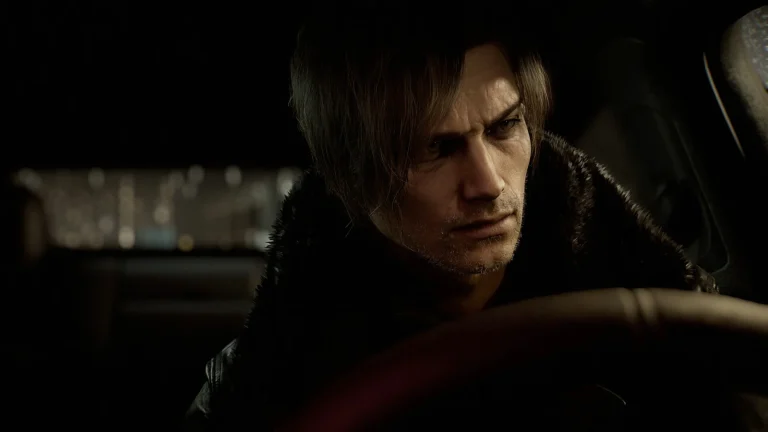

I am glad they made an open world, but have considered to not make it so huge, where it’s desolate and you are just walking or riding a horse for hours on end, to most people it’s tedium and boring as a whole. Considering density of things to do is a much better approach especially things like Palworld, Xenoblade Chronicles etc. Also the viewpoint on difficulty is a thing many companies forget. As long as a person understands the mechanics and the system, they should be able to beat the game easily. That always gives games a distinct identity than a homogenized one that feels like everything else out there. It ends up standing out and being exciting.
Excellent Interview. I loved their explanations about using the open world as well as the difficulty settings.